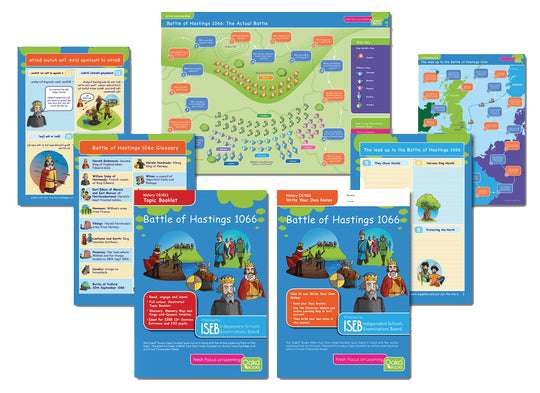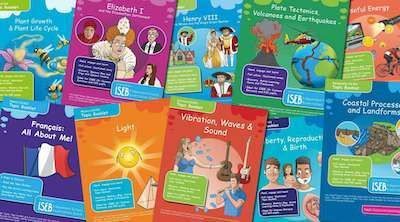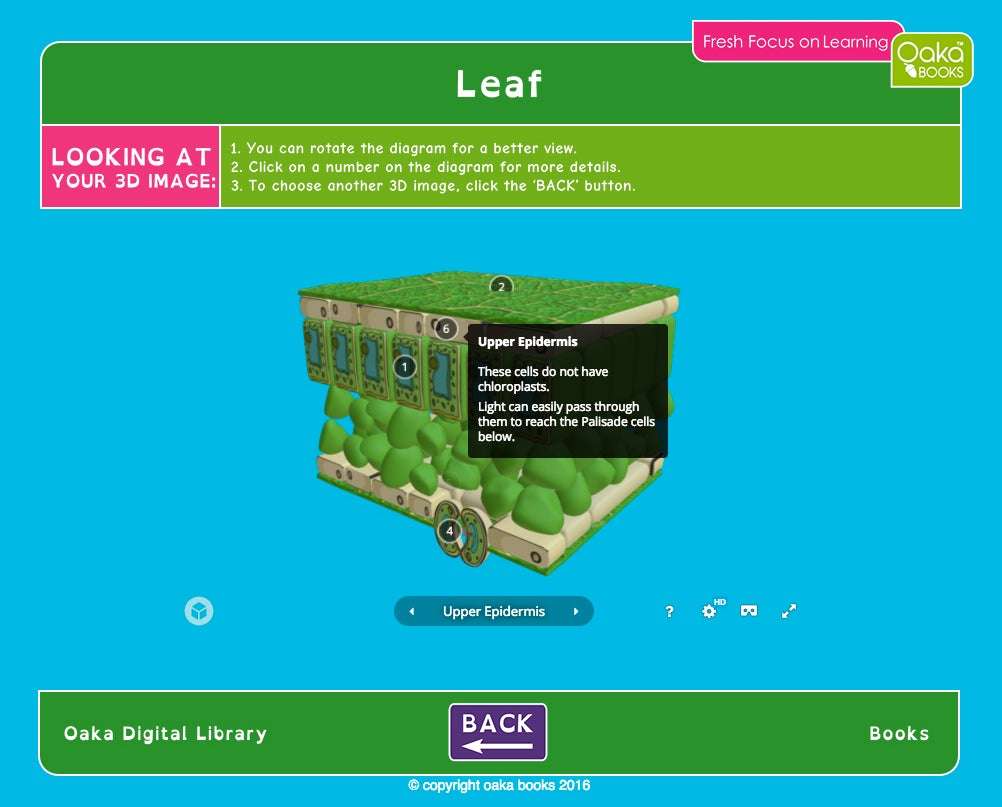The time after your lessons is as critical as the time spent in them.
It’s when you transform short-term learning into long-term memory.
Commit your newly learned concepts to memory, and they should stick with you for exams, coursework, and into later life!
The practices below, again, are “Success Behaviours”. Anyone can try to adopt them. They revolve around notes, assignments and overcoming the forgetting curve.
Managing Your Notes
Here are a few steps for comprehensively managing your in-lesson notes.
- Initial Flick and Read: Don’t let your notes gather dust. Flick through them on the same day as your lesson and read them thoroughly the following day.
- Check and Cross-Check: Align your notes with the class textbooks and worksheets. Correct any misspelt words and verify key terms.
- Summarisation: After revisiting your notes, summarise what you’ve read. This exercise helps solidify your understanding.
- Personalisation: Relate the information to your own life experiences or visualise it to make it more memorable.
- Continuous Review: Revisit your notes after a week, a month, and a term. Make sure you still understand the key points and create enhanced notes if needed.
- Chunking: Break down large amounts of information into manageable “chunks” for easier memorisation.
- Multi-Sensory Learning: Make your notes unforgettable by using images and keywords. Engage both hemispheres of your brain for better retention.
- Download and Organise: Ensure you have digital copies of essential material for easy access and review.
Assignments and Drafting
Now, what about converting your post-lesson materials into great assignments?
Here’s what to do when you receive an assignment and have to gather your notes and start planning:
- Brainstorming: Start by jotting down your ideas as quickly as possible.
- Mind Mapping: Organise these ideas into categories and logical orders.
- Prioritisation: Arrange these ideas by their significance to your topic.
- First Draft: Utilise an essay planner like Oaka™ and draft your initial essay, following a logical structure.
- Peer Review: Compare your first draft with those of your classmates. Use their feedback to enhance your work.
- Teacher Feedback: Don’t underestimate the value of teacher input. Their feedback can be invaluable for refining your assignment.
- Additional Research: If your topic demands it, carry out further reading for quotes or in-depth facts.
- Second Draft: Create a revised version considering all feedback and additional information.
Tune in to the next tip for more!





